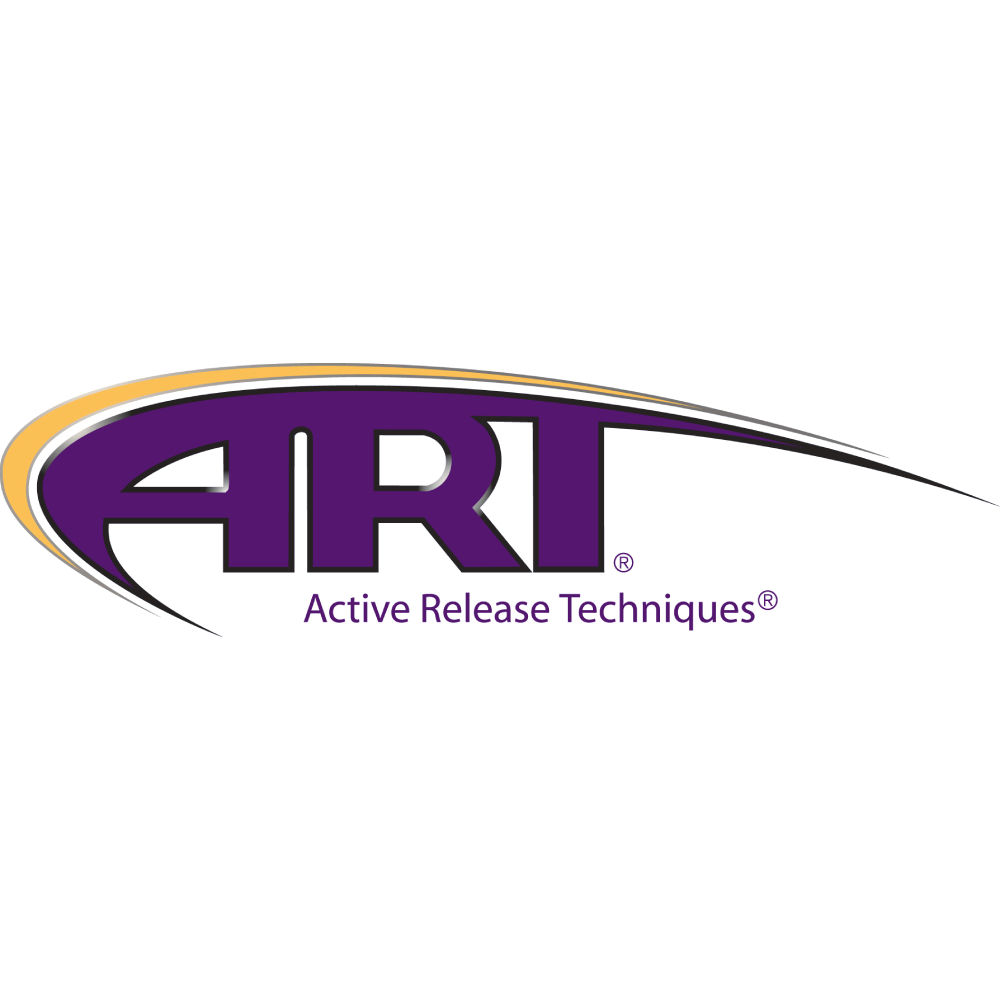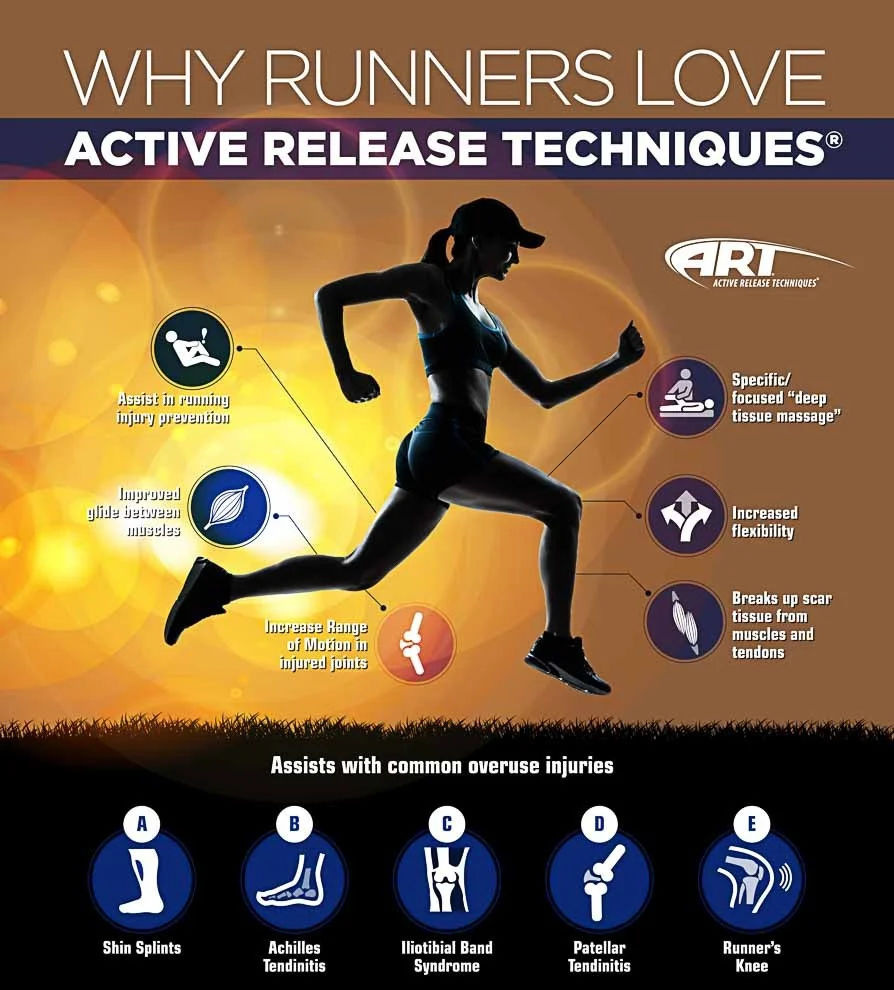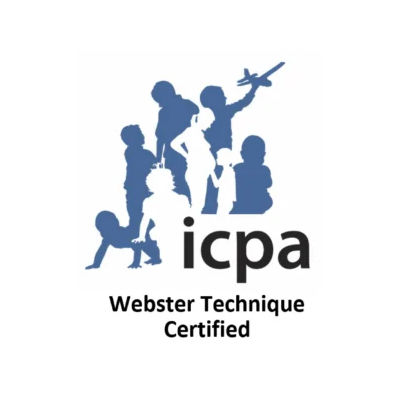Active Release Technique
How ART Works
Active Release Techniques or ART has proven to be very effective in treating athletic and movement related injuries. During an ART treatment, tension is applied to affected muscles, ligaments, and tendons. As the tension is applied, the practitioner will then move the affected area and thus releasing tension and breaking up adhesions. This works to restore normal range of motion. This unique combination of direct pressure and specific guided movement patterns are the key to ART’s success in treating pain and injuries.
If you’re an athlete consult Buffalo Family Chiropractic Wellness today! Dr. Kathleen Henneberger is Active Release Technique Certified. You may find that a nagging area of your body can be restored to it’s normal function in just a handful of treatments. Provides faster recovery from sports injuries! Active release technique is used to help athletes recover faster from injuries. It is very effective in treating patients with shin splints, plantar fasciitis, tennis elbow, and many other common sports injuries.

What is Active Release Technique (ART®)?
ART® is a patented, state of the art soft tissue system/movement based massage technique that treats problems with muscles, tendons, ligaments, fascia and nerves. Headaches, back pain, carpal tunnel syndrome, shin splints, shoulder pain, sciatica, plantar fasciitis, knee problems, and tennis elbow are just a few of the many conditions that can be resolved quickly and permanently with ART®. These conditions all have one important thing in common: they are often a result of overused muscles.
ART has been a major presence at the Ironman races for 24 years now. Thousands of ART treatments have helped athletes race, finish, and win. Starting this year you can be a partner with Ironman without paying a hundred thousand dollars.
Athletes who are training hard at their sport often experience extremely demanding training schedules. Because of their high volume training, athletes can often experience overuse injuries in different areas of the body. After training, it’s normal to experience sore muscles, but when pain is consistently there even after the athlete’s typical rest and recovery period, it’s time to have an expert take a closer look.
An athlete may develop an Acute Condition, which means that there was a sudden injury that happened, such as a sprain or a strain. This can be associated with a traumatic event, such as falling off of your bike or being hit with a hockey puck.
A Chronic Injury is one that can result from overusing an area of the body, or from a long-standing condition. Chronic injuries can be labeled as overuse injuries, arthritis, tendonitis or repetitive strain, just to name a few. Sometimes the symptoms of a chronic injury are mild enough to ignore, allowing the athlete to continue on with their sport. Over time, if not treated, these injuries can affect lifestyle, athletic performance, and have negative long-term affects on your body.
When muscles are tight and rigid they can cause limited range of motion, pain and weakness, as well as negative compensation patterns as other muscles are forced to step up and do the job required by the injured muscles.
By increasing flexibility, athletes can push further with strength training and stretching. By improving glide between muscles and surrounding structures, ART can enhance performance by increasing strength, speed, and range of motion all while encouraging more balanced body mechanics.
Many professional athletes in the NFL, NHL, NBA, MLB, MMA and the Olympics routinely incorporate ART into their training regimen. The restorative and preventative benefits of Active Release Techniques have become an invaluable part of athletic training for many world-class athletes.
By preventing dysfunctional changes in soft tissue, these athletes are able to train and function at a higher level. In today’s world of elite sports, that’s the name of the game.
While Active Release Techniques alone is an effective injury treatment and prevention tool, it really is best utilized in a comprehensive training or rehabilitation program.
It is a proven, effective method that’s quickly becoming the treatment of choice for serious and recreational athletes, both injured and healthy alike.
ART Can Be Used To Treat…
Active Release Techniques targets scar tissue known as adhesions in muscle tissue and fascia.
Scar tissue is the body’s natural and normal response to an injury. In muscle and fascia, adhesions will not only form not only in response to an acute injury, but also from chronic overuse.
In overuse injuries, little micro-tears occur over time and as the body heals them, adhesions can form.
An excellent analogy for an adhesion is a paintbrush. Normally, the fibers of the brush are all separate making the brush soft and flexible. This is how normal muscle tissue should be.
Think of dried paint as the adhesions. When not cleaned properly, the paint on the brush fibers hardens, the fibers stick together and the whole brush becomes brittle and essentially impossible to use. A muscle that has adhesions is no different!
1. Soft Tissue Injuries
Adhesions cause muscles to become shorter, tighter and weaker. This in turn, puts stress on the tendons and ligaments around and attached to these muscles by increasing the tension both during use and at rest. Over time, inflammation, pain and dysfunction develop. The following are a few conditions that fall into this category:
- Achilles Tendinitis
- Ankle injuries
- Back pain
- DeQuervain’s Tenosynovitis
- Foot pain
- Plantar Fasciitis
- Frozen Shoulder (Adhesive Capsulitis)
- Golfer’s Elbow
- Tennis Elbow
- Hand injuries
- Headaches
- Hip pain
- Iliotibial Band Syndrome (IT band syndrome)
- Hip pain
- Knee pain
- Leg injuries
- Neck pain
- Repetitive Strain Injuries (Cumulative Trauma Disorders)
- Rotator Cuff Syndrome
- Running injuries
- Shin Splints
- Shoulder pain
- Tendonitis
- Throwing injuries
- Temporomandibular Joint disease (TMJ)
- Whiplash
- Wrist injuries
While this is a very diverse group of injuries they all have three things in common: they are acute conditions (pulls, tears, etc.) and/or the accumulation of small tears (micro-trauma) all in a chronic state of impaired oxygen (hypoxia).
The body’s response to these assaults is to form adhesions. ART addresses all three components by allowing the practitioner to examine the problem area, feel the abnormal movement and tissue adhesions, and then while using specific pressure, have the patient go through a series of movements.
This combination of pressure and movement helps to break up the adhesion while stimulating circulation and restoring normal function.
2. Peripheral Nerve Entrapment
Adhesions can also cause friction or improper interaction with nearby structures.
Normally, muscles glide smoothly and cleanly against other muscles, tendons, ligaments, lymphatic channels and nerves. When adhesions are present, there is friction with normal movement.
Over time, inflammation will build leading to pain, fluid accumulation and restricted motion and flexibility. In this setting, it is easy to see how the nerves can become enveloped in the tissue and compressed.
Symptoms of peripheral nerve entrapment can be mistaken for more serious diagnoses such as a herniated disc.
The following are common conditions that are examples of this type if dysfunction that can effectively be treated with the Long Tract Nerve Entrapment Protocols® of Active Release Techniques:
- Disc Herniations
- Sciatica
- Carpal Tunnel Syndrome
- Thoracic Outlet Syndrome
- Cervical Brachial Syndrome
- Radial Nerve Entrapments (Radial Tunnel Syndrome)
- Ulnar Nerve Entrapments (Handlebar Palsy)
- Grip weakness
- Femoral Nerve Entrapments
All of these conditions share the common symptoms of shooting pain, numbness, tingling and weakness.
Active Release Techniques restores the smooth and frictionless movement of muscles and surrounding structures, reducing inflammation while stimulating lymphatic flow which all help reduce surrounding pressure on the peripheral nerves.
3. Decreased Mobility and Flexibility
It is easy to see how adhesions of the muscles and fascia can cause injury and nerve entrapment. But they also can cause limited range of motion and decreased flexibility, which may or may not be painful, but could lead to greater injury.
While most people believe that a stretching regimen is helpful for this, it really isn’t the best answer.
A good stretching regimen done at the right time can be effective in preventing adhesions from forming, but it can’t do anything for them once they’ve formed.
A muscle that has adhesions is tight. If you remember our paintbrush analogy, it’s easy to see that stretching this type of muscle just doesn’t work. The scar tissue that comprises an adhesion is several times stronger than normal, healthy tissue.
In essence, adhesions can make a muscle unable to be stretched. They need to be addressed in order to bring back both flexibility and increased range of motion.
Several research studies have examined the effects of Active Release Techniques. A 2006 study demonstrated its rapid ability to restore flexibility in healthy adults (most had improvement after just one ART session), which translated to both improved performance and protection against future injury. Another in the Journal of Physical Therapy Science found Active Release Techniques superior to other forms of soft tissue treatment in restoring full range of motion after injury.
What is an ART treatment like?
Every ART session is actually a combination of examination and treatment. The ART provider uses his or her hands to evaluate the texture, tightness and movement of muscles, fascia, tendons, ligaments and nerves. Abnormal tissues are treated by combining precisely directed tension with very specific set of patient movements.
These treatment protocols—over 500 specific moves—are unique to ART. They allow providers to identify and correct the specific problems that are affecting each individual patient. ART is not a cookie-cutter approach.
Call Buffalo Family Chiropractic Wellness, P.C. today to schedule your Active Release Technique Therapy!

Graston Technique®
Why Visit Buffalo Family Chiropractic Wellness, P.C. for the Graston Technique?
Dr. Kathleen Henneberger is Graston Technique Certified! Injuries to soft tissue play a significant role in the pain and dysfunction associated with back pain and many other problems throughout the body. Call Buffalo Family Chiropractic Wellness today to schedule your appointment!

CHANGING THE WAY SOFT TISSUE INJURIES ARE TREATED
Graston Technique® is an innovative, patented form of instrument-assisted soft tissue mobilization that enables clinicians to effectively break down scar tissue and fascia restrictions. The technique utilizes specially designed stainless steel instruments to specifically detect and effectively treat areas exhibiting soft tissue fibrosis or chronic inflammation.
Originally developed by athletes, Graston Technique® is an interdisciplinary treatment used by more than 16,775 clinicians worldwide and by more than 260 professional and amateur sports organizations, and is part of the curriculum at 57 respected colleges and universities.
The curvilinear edge of the patented Graston Technique® Instruments combines with their concave/convex shapes to mold the instruments to various contours of the body. This design allows for ease of treatment, minimal stress to the clinician’s hands and maximum tissue penetration.
The Graston Technique® Instruments, much like a tuning fork, resonate in the clinician’s hands allowing the clinician to isolate adhesions and restrictions, and treat them very precisely. Since the metal surface of the instruments does not compress, as do the fat pads of the finger, deeper restrictions can be accessed and treated. When explaining the properties of the instruments, we often use the analogy of a stethoscope. Just as a stethoscope amplifies what the human ear can hear, so do the instruments increase significantly what the human hands can feel.
Benefits include:
- Decreased overall time of treatment
- Fosters faster rehabilitation/recovery
- Reduced need for anti-inflammatory medication
- Permanent resolution of chronic conditions

Webster's Technique
Why Visit Buffalo Family Chiropractic Wellness, P.C. for the Webster Technique?
Dr. Kathleen Henneberger is Webster Technique Certified to ensure that you are getting the best possible care during your pregnancy. Many expectant mothers have found relief and success through all stages of their pregnancy. The Webster Technique’s approach is much less traumatic and much more effective than the many options expectant mother’s are presented with in the Buffalo area before giving birth. The most current published research on effectiveness of the Webster Technique demonstrates an 82% success rate.
If you are experiencing any discomfort or just want to ensure a healthy pregnancy and birth,
Buffalo Family Chiropractic Wellness, P.C. can help support you through every step along the way!
Chiropractic adjustments from Dr. Henneberger will provide relief and help your body function optimally during pregnancy.
If you have any questions or would like to schedule an appointment, give Buffalo Family Chiropractic Wellness, P.C. a call today!

The History of the Chiropractor Webster Technique
Dr. Larry Webster, the founder of ICPA (International Chiropractic Pediatric Association), Logan practitioner, and Life College instructor developed the Chiropractor Webster technique in response to his daughter, Lucinda’s birth to her daughter, Shannon. Dr. Webster was present at her long and arduous birth and although he adjusted her during the birth, he felt that chiropractic could have a bigger impact in labor with a more specific approach to the pelvis.
After this personal experience with his daughter’s birth, Dr. Webster strove to develop an adjustment “for laboring women to help with the ease of birth.” He felt that there must be a more specific way of addressing subluxations throughout pregnancy that would contribute to safer, easier births for the mother.
Shortly after, Dr. Webster was caring for a family whose mother was pregnant and also presenting breech. He applied his newly discovered approach in hopes of an easier delivery than his daughter had. He saw her once per week for several weeks and they noticed that her baby turned vertex in time for delivery.
Dr. Webster began teaching other chiropractors this adjustment. These doctors reported that when their patient’s babies were not in an optimal position, these babies were turning vertex as well. Thus the title: “Webster Breech Turning Technique” later to be called the “Webster In-Utero Constraint technique” by Drs. Anrig and Forrester.
When his daughter, Pamela, was pregnant, he insisted that she get regular chiropractic care throughout pregnancy and mailed her a video of the chiropractic Webster Technique to show her chiropractor. She also showed it to her OB, who was quite interested in the pelvic biomechanics and the chiropractic perspective. He too encouraged her to see her chiropractor regularly for this technique knowing this was out of his obstetric scope.

Buffalo Family Chiropractic Wellness, P.C.